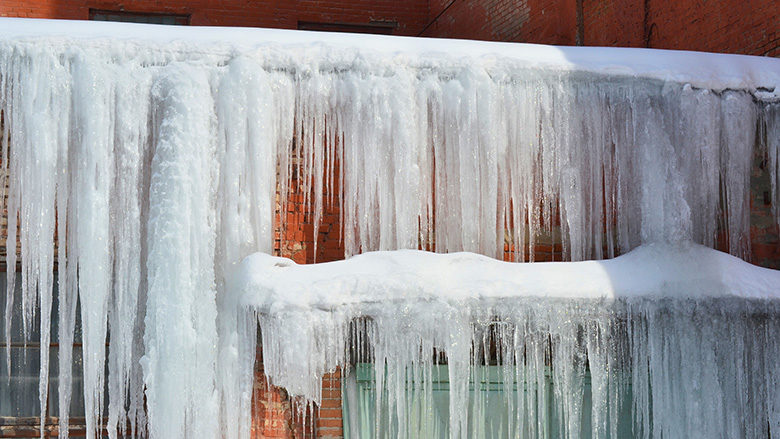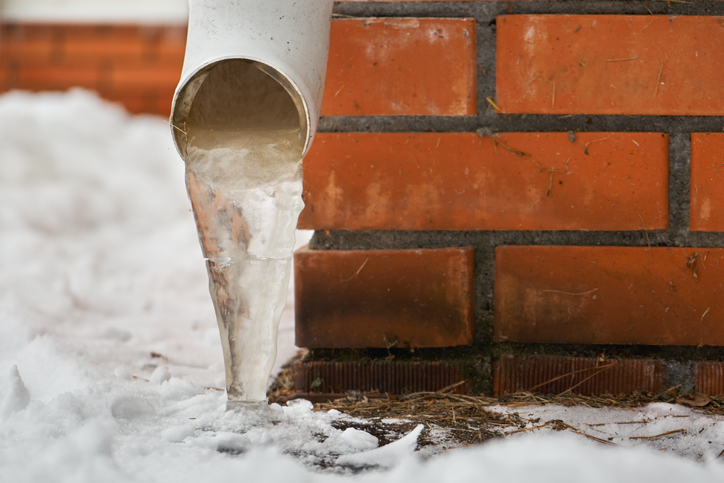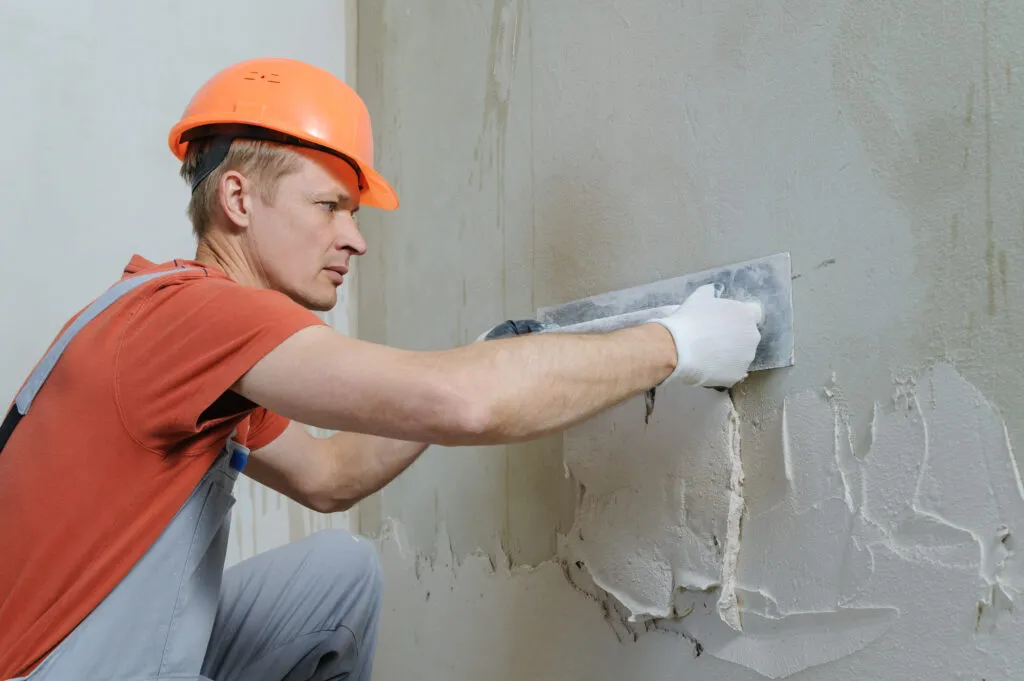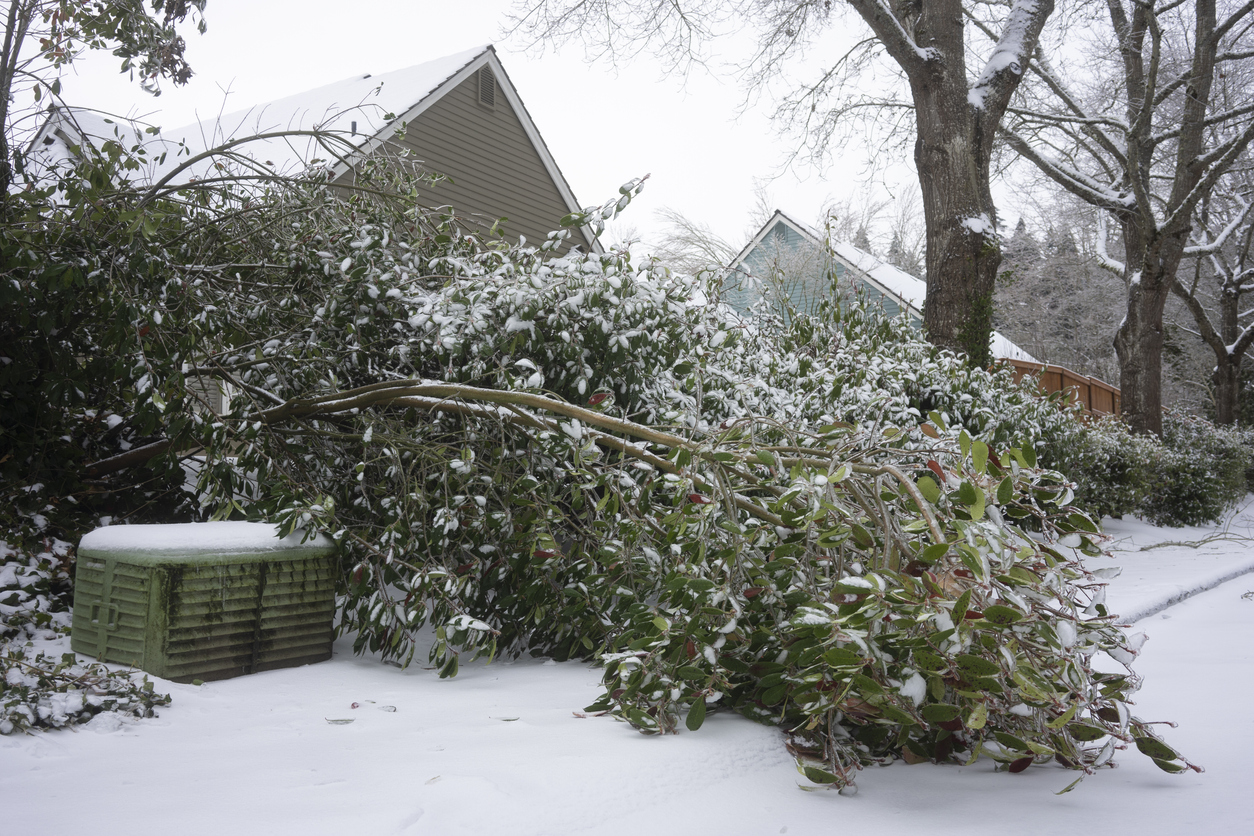Winter poses special problems for the homeowner, as snow can accumulate and lead to significant water damage from snow. Accumulating snow and the resulting runoff after melting have the potential to seep into your home’s most vulnerable areas, where structural damage and mold growth are a common byproduct of such intrusion. Furthermore, the cold temperatures can further worsen this with the formations of ice, posing additional risks.
Proactive steps will go a long way in reducing such risks and saving your property from costly repairs. From taking care of the roof to proper drainage, small steps can make a big difference. This guide provides helpful tips and insights that will help in winterizing your home and avoiding water damage caused by snow.
Understanding Risks of Water Damage From Snow
How Does Snow Cause Water Damage
Snow, when it melts, needs a path to drain away from your house. If there is no path, that water can work its way into the cracks of your foundation, walls, or roof. Complicating the matter, especially through winter, is the freeze/thaw cycle: water expands when freezing, enlarging cracks and creating more entryways for moisture.
The major culprits of winter water damages are known as ice dams. This happens when warm air inside the house causes snow on the roof to melt. This melted water runs down to the edge of the roof, where it freezes up because of the low temperatures. The process leads to the making of a barrier that blocks any further melting snow from running off the roof. The water that pools behind the ice dam can seep under shingles and into a home, damaging ceilings, walls, and insulation.
Common Areas Effected By Snow
Roofs
- Roofs are the most vulnerable to snow and ice, especially. The weight of accumulated snow and the formation of ice dams can cause water to infiltrate the roof. Missing shingles or weak spots make the process of water penetration even easier.
Basements
- The melting snow may collect around the foundation of a house and then seep into the basements, causing flooding or water damage. Cracks in the foundation make this more possible.
Foundations
- Snowmelt around the home’s perimeter can infiltrate the soil and become saturated around the foundation. Over time, this water pressure can make the concrete crack or seep through existing cracks.
Windows and Doors
- Poorly sealed areas around windows and doors are typical entry points for water during winter months. When the snow melts onto sills or frames, water can enter through and cause damage to surrounding materials.
Gutters and Downspouts
- Clogged or neglected gutters and downspouts can store the snowmelt, resulting in overflows: this excess water could spill onto walls or the foundation, introducing additional risks of seepage.
Signs of Possible Water Damage From Snow
Things to Look Out For
Ice Dams Forming Along Roof Edges

- Look for big icicles or ridges of ice at the edges of your roof. These are called ice dams, which act like a trap in which melting snow eventually works its way under shingles and can leak into your home.
Water Stains on Ceilings or Walls
- Yellow or brown discolorations on ceilings and walls are usually the result of water seepage.
- These types of stains often occur in areas directly beneath roofs or around poorly sealed windows and doors.
Foundation or Basement Wall Cracks
- Obvious cracks in the foundation or basement walls may enable any water from melting snow to seep into an area and cause basement flooding or other moisture problems.
Smell of Mold or Mildew in Basements or Attics
- A musty smell in such regions is a very good pointer to too much moisture or water damage.
- Molds grow in damp conditions and can also be very detrimental to health if left without attention.
Active Water Damage Prevention From Snow:
Preventative Roof Maintenance and Inspections
Have your roof inspected regularly for missing or damaged shingles, cracks, or other weak points.
- Clear snow off the roof following heavy storms. For this, there are tools like roof rakes to avoid putting too much weight on the roof, which can lead to potential leaks.
Insulate Your Pipes
- Use pipe insulation sleeves or heat tape to wrap up exposed pipes in areas like basements, crawl spaces, and attics to prevent freezing.
- Insulate pipes to reduce the chances of bursts that can cause serious water damage.
Clean Gutters and Downspouts

- Clear leaves, debris, and snow from gutters so that water can flow freely.
- Install gutter guards to reduce the chances of having more blockages and make sure that downspouts direct water away from your foundation.
Check on Your Sump Pump
- Regularly test your sump pump to be sure it’s in working order before the snowmelt season.
- Consider a battery backup system to keep the sump pump running during power outages.
Check for Leaks
- Inspect around windows, doors, and your foundation for gaps or cracks where water could seep in.
- Seal these leaks using weatherproof caulking or other materials to keep water out.
Adjust the Thermostat
- Maintain a consistent temperature in your home, even when you’re away, to prevent frozen pipes.
- A constant thermostat puts less stress on your heating system, and the pipes will not freeze.
Maintain Appliances
- Look at water heaters, washing machines, dishwashers, and other appliances for leaks or wear.
- Replace old hoses; inspect connections to prevent appliance-related water damage.
Insulation and Ventilation
- Put in insulation in your attic to help reduce heat loss and prevent the formation of ice dams.
- Make sure your attic has proper ventilation in it to reduce humidity and keep temperatures balanced.
Foundation Protection

- Seal all cracks in your foundation and make sure the ground slopes away from your home to keep water away.
- Install drainage measures like a sump pump to help keep your basement dry in case of flooding.
Best Practices for Snow Removal
- Safely remove snow from walkways and roofs to minimize the danger of leaks and damage.
- Make sure not to bank snow up against your home’s foundation, which can cause melting water to seep into your home.
By being proactive with these steps, you minimize the possibility of water damage from snow, allowing your home to be safe and dry throughout winter.
What to Do If You Suffer Water Damage From Snow
What To Do Immediately
- Shut Off Water Sources if Necessary: If the water damage pertains to burst pipes or leaks, immediately cut off the supply of water to your home, in order to stop any potential flooding or damage. Dry out affected areas as soon as possible
- Dry Out Affected Areas Quickly: Fans, dehumidifiers, and towels should be used as soon as possible to dry out wet areas. This is a crucial step in preventing the growth of mold and lessening structural damage. Remove all standing water as quickly as possible. Open windows for ventilation.
Why You Should Call Professionals
Advantages of hiring restoration experts like Tri-State Ready Restoration
Professionals have the expertise, tools, and experience to deal with water damage in an appropriate manner. They find out the hidden moisture and structural risks that are sometimes overlooked by a DIYS.
How Professionals Efficiently Address Water Damage
The restoration professionals make use of highly developed machinery for water extraction, drying, and mold prevention. They ensure a comprehensive approach that protects your property and minimizes future risks. From repairing structural damage to mitigating health hazards, professionals handle it all.
How Tri-State Ready Restoration Can Help
Expertise in Water Damage Restoration
Tri-State Ready Restoration provides full water damage restoration services, including some of the most complicated snow and ice damage cases.
24/7 Emergency Service and Free Estimates
Water damage doesn’t wait, and neither should you. From around-the-clock emergency services to free estimates, Tri-State Ready Restoration provides quick, immediate support at any moment when disaster can strike.
Advanced Water Extraction, Drying, and Mold Prevention Techniques
Utilizing state-of-the-art equipment, efficient extraction of water, drying, and application of mold prevention techniques are done by the team to protect your home. Their focus is on restoring your property to its pre-damage condition with minimal disruption.
Winter may pose special problems, but the key to preventing water damage or minimizing it from snow is through preparation and taking swift action. Regular maintenance, proactive measures, and understanding the risks protect your home from costly repairs.
If you do get water damage, then don’t hesitate to look for professional services. Tri-State Ready Restoration is ready for expert services, 24/7 emergency response, and state-of-the-art restoration techniques. Protect your home and peace of mind by reaching out today.
For reliable water damage restoration experts in New Jersey, reach out to Tri-State Ready Restoration and safeguard your home this winter!

